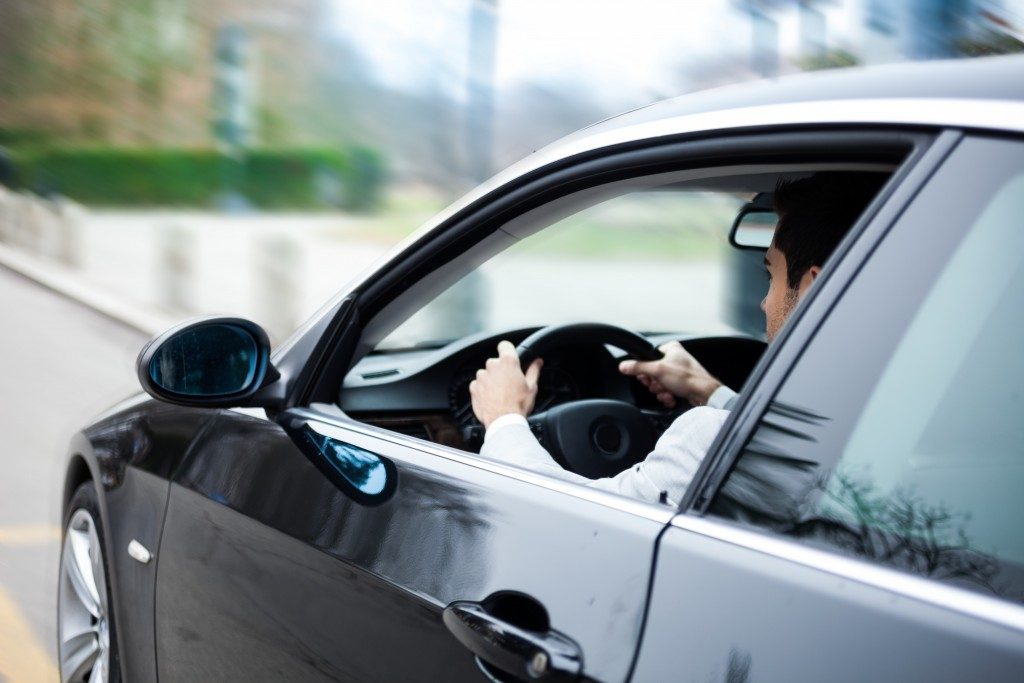According to the latest figures released by the Department of Infrastructure, Regional Development and Cities, road crashes in Australia amount to a whopping $27 billion annually. While the economic costs are recoverable, the social costs are not. Keeping Australia’s roads safe may entail a sizeable investment, but the returns are significant. From seeking services offered by a road safety company to strictly implementing road policies, improving safety is achievable.
Increasing Vehicle Ownership, Decreasing Road Accidents
As per Budget Direct’s Car Accident Statistics 2019, Australia has seen a 24 per cent increase in vehicle registration for the last ten years. This was led by motorcycle registrations (62 per cent) and commercial vehicles (36 per cent). Despite the increase, there are fewer accidents being recorded each year during the period. This corroborates the observation of the Department of Infrastructure, Regional Development and Cities as accidents have sharply fallen, with road trauma figures going down from nearly 3,800 in 1970 to only over 1,200 in 2017.
Compared to OECD countries, however, Australia still needs some improvement. Australian fatality rate, which is 5.34, is ranked 15th among 31 countries. Norway and Switzerland are the safest with an identical rate of 2.59. From 2007 to 2016, the fatality rate in Australia declined by over 30 per cent, but the OECD’s median decreased by nearly 36 per cent.
Most Common Types of Accidents
In Budget Direct’s survey, the most common accident types are mostly classified under the human error category. Topping the list was nose to tail collision at 35 per cent, which is largely attributed to impatience and tailgating. The failure to give way also led to 25 per cent of accidents, all due to inattention and misjudging approaching traffic. Colliding with a stationary object caused 24 per cent of accidents, with speeding as the most common reason. Poor visibility and miscalculation when reversing led to 11 per cent of accidents, while hitting an animal was recorded at 5 per cent.
The Value of Road Safety Systems

Road crashes cost about $70 million per day. According to Jerome Carslake, manager of the National Road Safety Partnership Program (NRSPP), that is equivalent to the annual budget of the National Defence. This cost can be curbed through the use of road safety systems.
Fatigue, overspeeding, and distraction are the most common causes of road accidents, and safety systems put in place in roads remain key in ensuring safety. They may include barriers, guideposts, traffic signs, bollards, wheel stops, and lighting. For instance, wheel stops help prevent damage to walls, front yards, and other vehicles. Crash barriers improve motorcycle safety while offering a guardrail system that takes into account the needs of other road users. Smart crash cushions are not only low maintenance, but they also shield motorists from structures that do not absorb energy during collisions.
Improving safety in Australian roads may rely heavily on regulation. But road safety technologies and solutions have also evolved to fill the gap that concerned sectors are not able to resolve. The declining number of accidents in the past decades is a welcome sign, but there is a lot to consider if the country wants to be on a par with the safest OECD nations.





